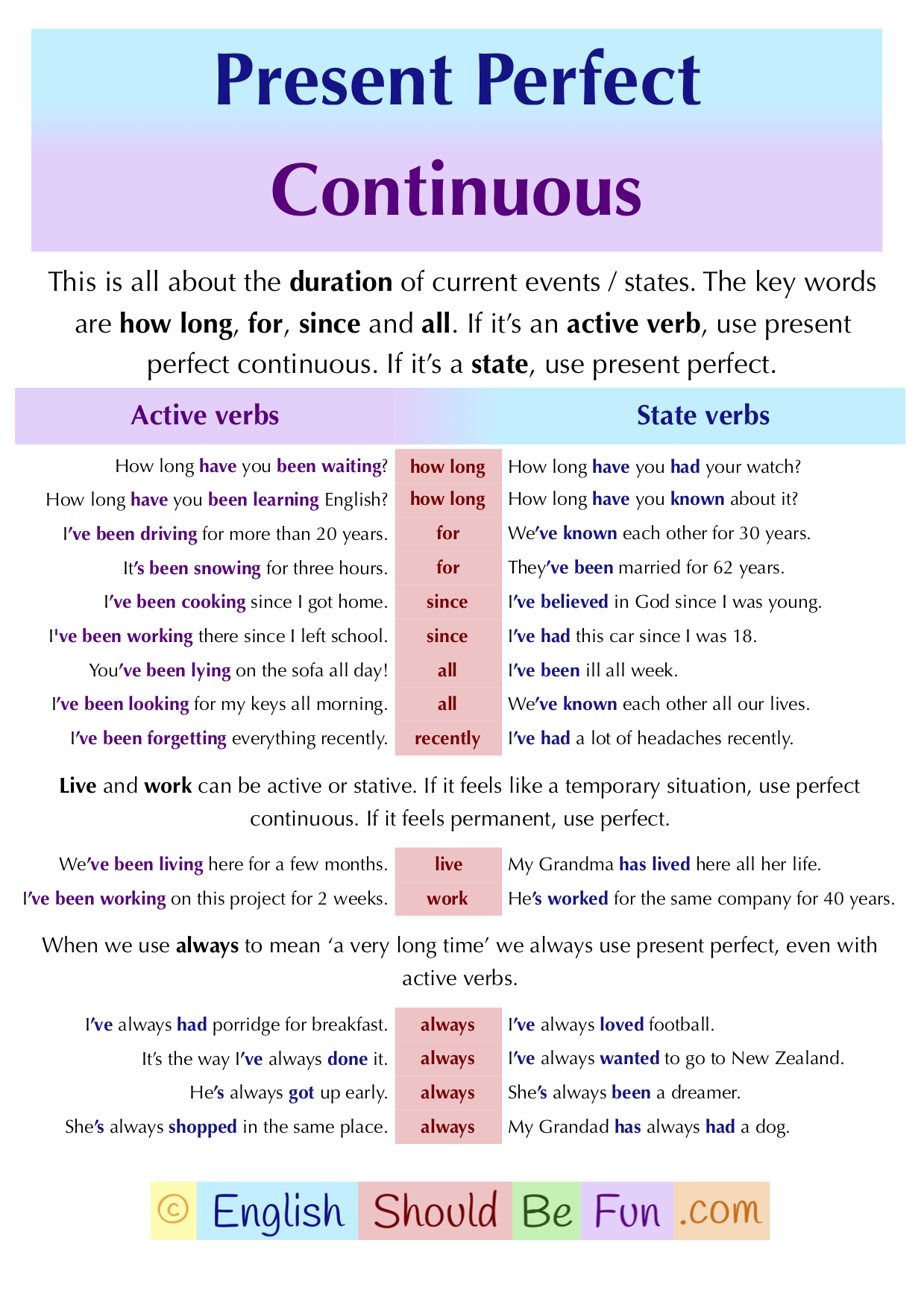

The same will get repeated for all other words. Total documents (N): 4 Documents in which the word appears (n): 2 Number of times the word appears in the first sentence: 1 Number of words in the first sentence: 6 Term Frequency(TF) = 1 Inverse Document Frequency(IDF) = log(N/n) = log(4/2) = log(2) TF-IDF value = 1 * log(2) = 0.69314718 The value will then be updated in the array for the sentence and repeated for all words. I’ll take the word he in the first sentence, He is playing in the field and apply TF-IDF for it. We’ll first define an array of zeros for all the 17 unique words in all sentences combined.
WORD BUILD VS WORD SMITH UPDATE
Step 3: For each word in each sentence, we’ll calculate the TF-IDF value and update the corresponding value in the vector of that sentence Example

While Count Vectorizer converts each sentence into its own vector, it does not consider the importance of a word across the complete list of sentences. After importing the package, we just need to apply fit_transform() on the complete list of sentences and we get the array of vectors of each sentence. Sklearn provides the CountVectorizer() method to create these word embeddings. The same will be repeated for all other sentences as well. Similarly, I’ll update the rest of the words as well and the vector representation for the first sentence would be: I’ll just update its vector and it will now be: Ĭonsidering second word, which is is, the vector becomes: Also, in the list of words above, its position is 6th from the starting (all are lowercase). Let’s take the first sentence, He is playing in the field. This is repeated for all words and for all sentences Example Once we have the number of times it appears in that sentence, we’ll identify the position of the word in the list above and replace the same zero with this count at that position. Step 3: Taking each sentence one at a time, we’ll read the first word, find it’s total occurrence in the sentence. Step 2: For each sentence, we’ll create an array of zeros with the same length as above (17) In our case, the list is as follows (17 words): Step 1: Identify unique words in the complete text data. The most basic way to convert text into vectors is through a Count Vectorizer. For each of the techniques, I’ll use lowercase words only. I’m creating 4 sentences on which we’ll apply each of these techniques and understand how they work. In this article, I’ll explore the following word embedding techniques: Word embedding is the collective name for a set of language modelling and feature learning techniques in natural language processing (NLP) where words or phrases from the vocabulary are mapped to vectors of real numbers. Thus, I jot down to take a thorough analysis of the various approaches I can take to convert the text into vectors - popularly referred to as Word Embeddings. This would allow the neural network to train on the tweets and correctly learn sentiment classification. While reading about how I could input text to my neural network, I identified that I had to convert the text of each tweet into a vector of a specified length. Currently, I’m working on a Twitter Sentiment Analysis project.


 0 kommentar(er)
0 kommentar(er)
